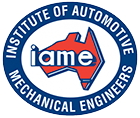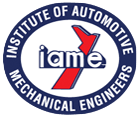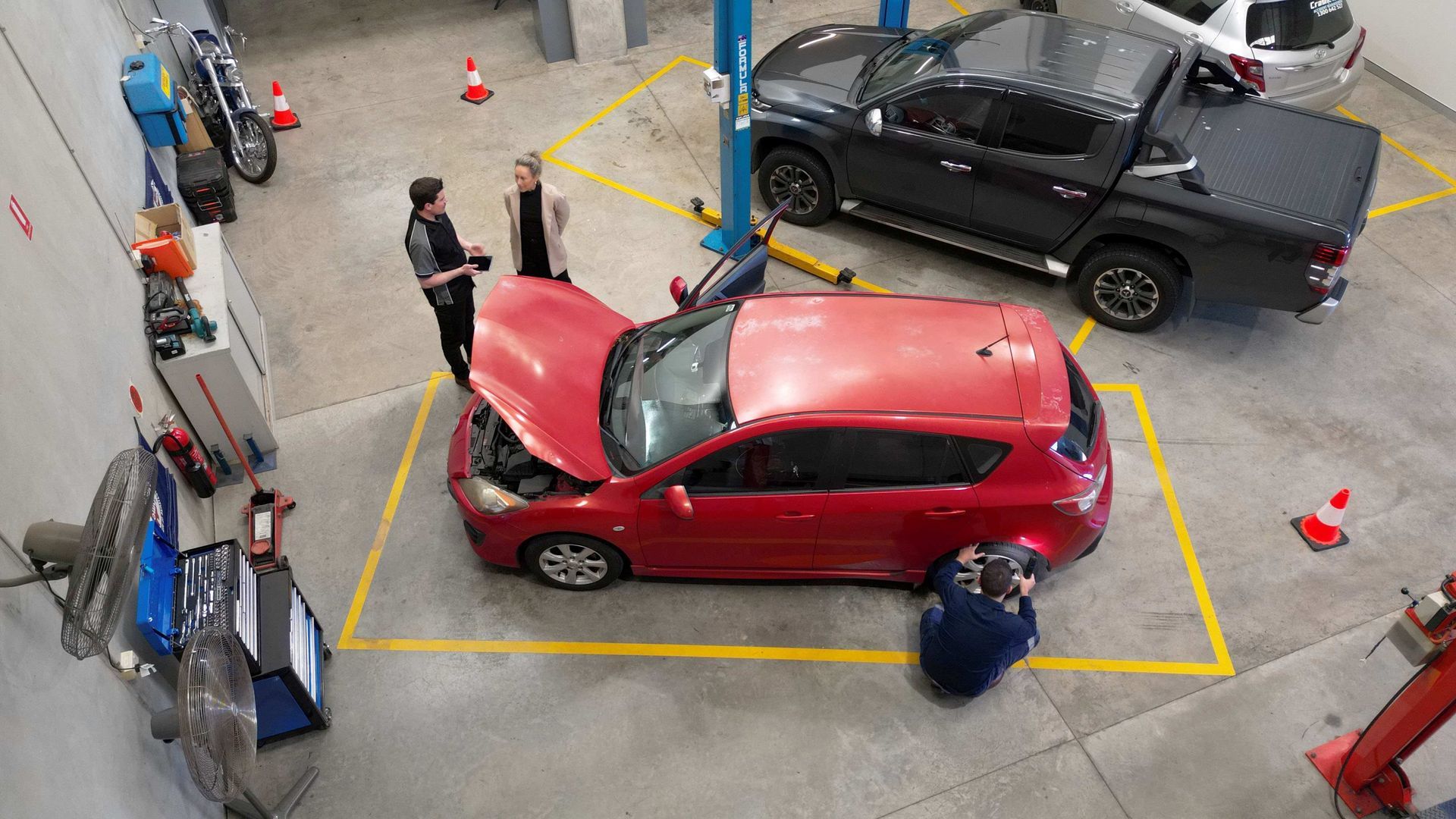Blockchain's Impact on the Automotive Industry

In an era marked by technological advancements, the automotive industry finds itself at the forefront of innovation with the integration of blockchain technology. This revolutionary technology is not just changing the way vehicles are manufactured but is also transforming various aspects of the automotive ecosystem. From ensuring secure data sharing to redefining supply chain transparency, blockchain is emerging as a catalyst for more efficient, secure, and accurate services within the automotive sector.
Secure and Reliable Data Sharing
Blockchain's decentralized and secure nature is proving to be a game-changer for data sharing in the automotive industry. The traditional approach to managing vast amounts of data within the sector has often been prone to vulnerabilities and inefficiencies. Blockchain technology addresses these challenges by providing a secure and transparent network for data sharing and connectivity.
Whether it's vehicle diagnostics, maintenance records, or user preferences, blockchain ensures that data is stored in a tamper-resistant and easily accessible manner. This not only enhances the reliability of information but also opens up possibilities for improved vehicle diagnostics, predictive maintenance, and a more personalized driving experience.
Enabling Shared Mobility Solutions
The rise of shared mobility solutions, such as ride-hailing and urban transportation, has been significantly bolstered by blockchain technology. Blockchain facilitates secure and transparent transactions, making it easier for users to engage in shared mobility services with confidence. Smart contracts, a key component of blockchain, automate and enforce the terms of agreements, ensuring that transactions are seamless and secure.
For example, through blockchain-based systems, ride-hailing platforms can provide users with a transparent and immutable record of transactions, enhancing trust between service providers and consumers. This not only improves user experience but also contributes to the growth and sustainability of shared mobility solutions.
Supply Chain Verification for Spare Parts
The automotive industry relies on a complex global supply chain to source raw materials and spare parts. Blockchain technology is revolutionizing this process by providing a secure and transparent way to verify the authenticity and legitimacy of each component in the supply chain.
By utilizing blockchain, automotive manufacturers can ensure that only trusted and legitimate sources are used for raw materials and spare parts. This not only reduces the risk of counterfeit components entering the supply chain but also enhances overall efficiency and traceability. Consumers benefit from the assurance that the components in their vehicles are sourced from reliable origins, contributing to increased safety and quality.
As the automotive industry continues to evolve, blockchain technology stands as a pillar of innovation, offering a multitude of benefits. From securing data sharing and supporting shared mobility solutions to ensuring the integrity of the supply chain, blockchain is reshaping the industry's landscape. By embracing this transformative technology, the automotive sector is not only unlocking new levels of security and efficiency but is also paving the way for a future where trust, transparency, and innovation intersect seamlessly on the road ahead.








